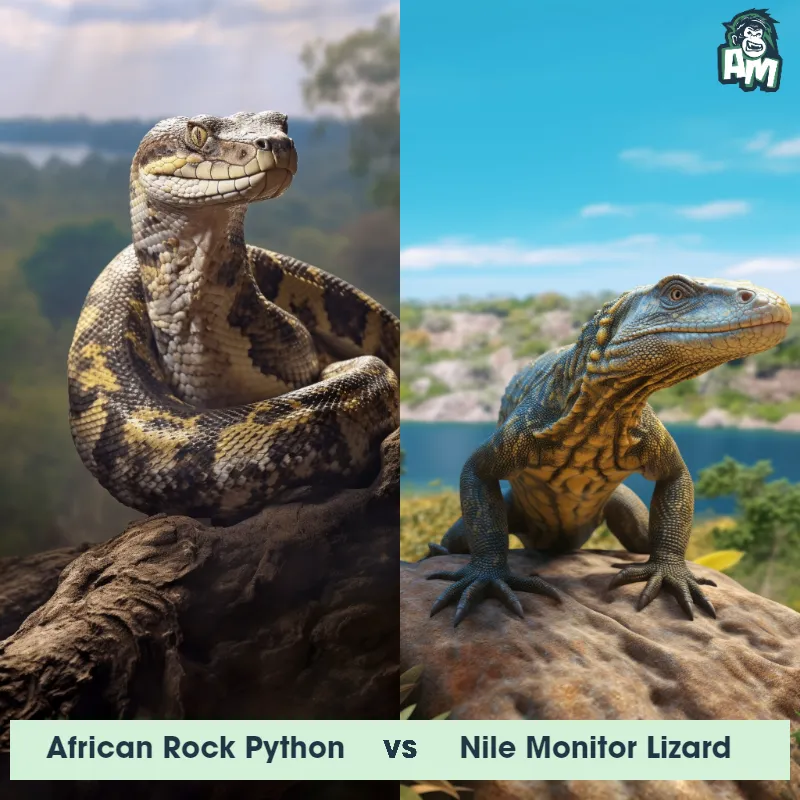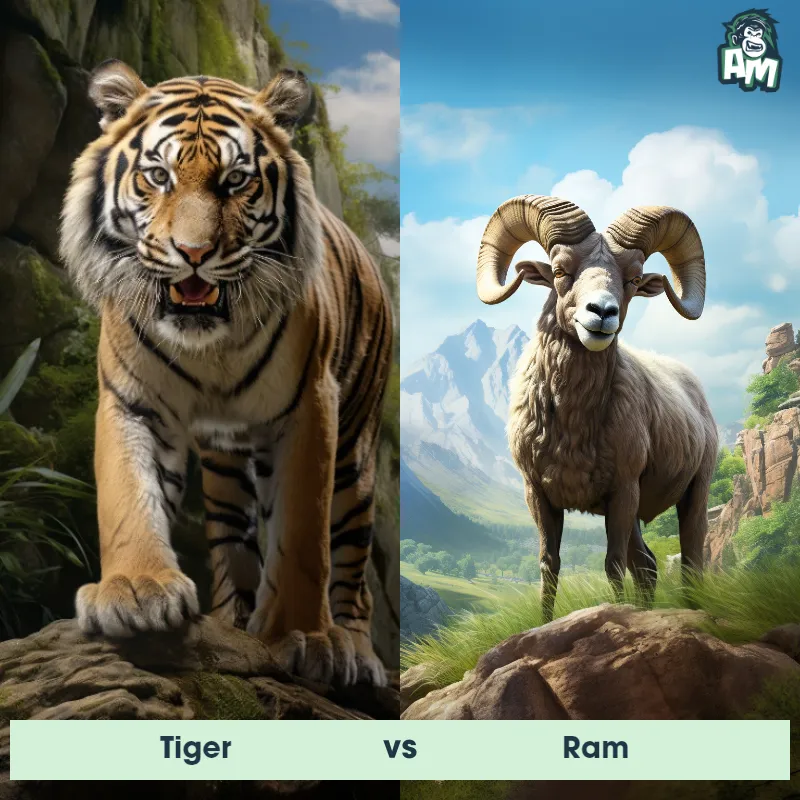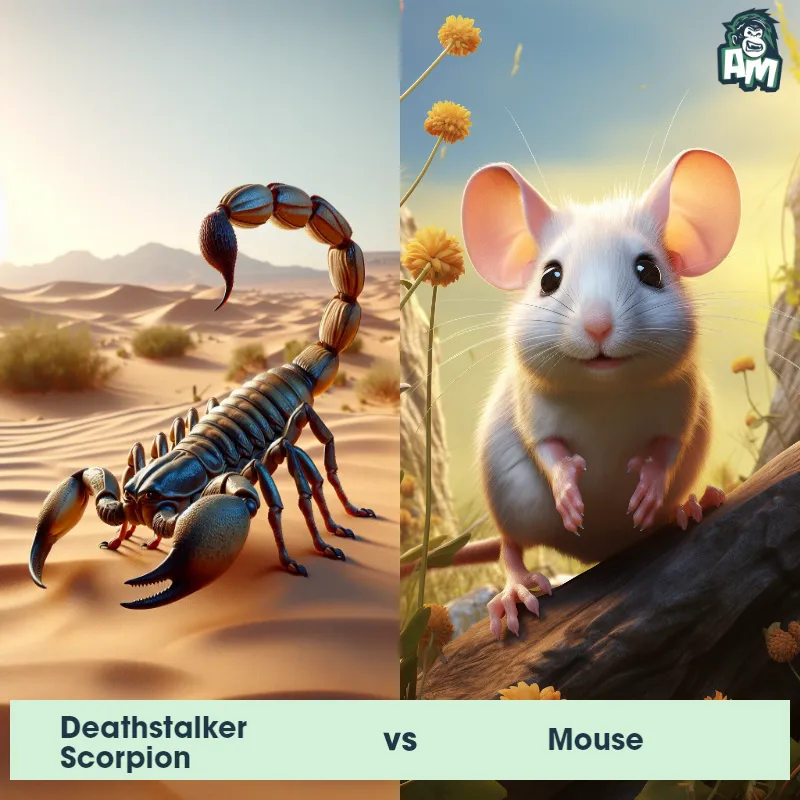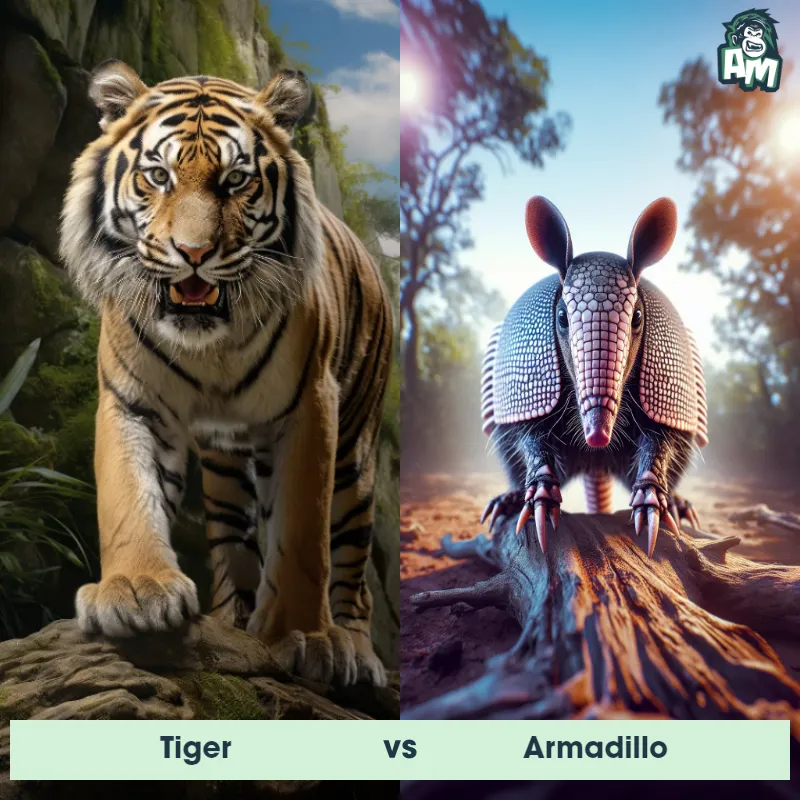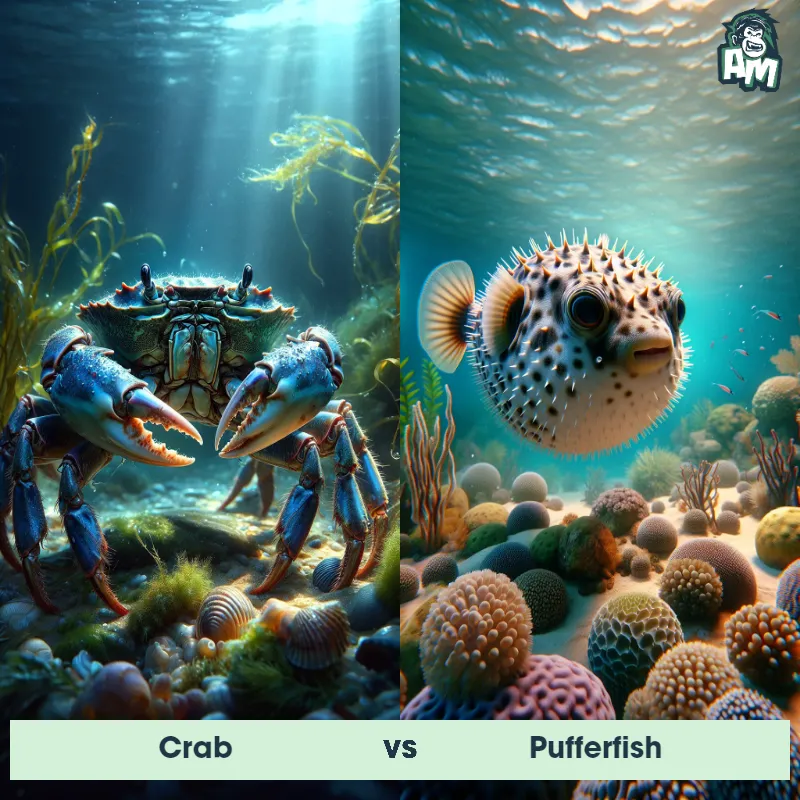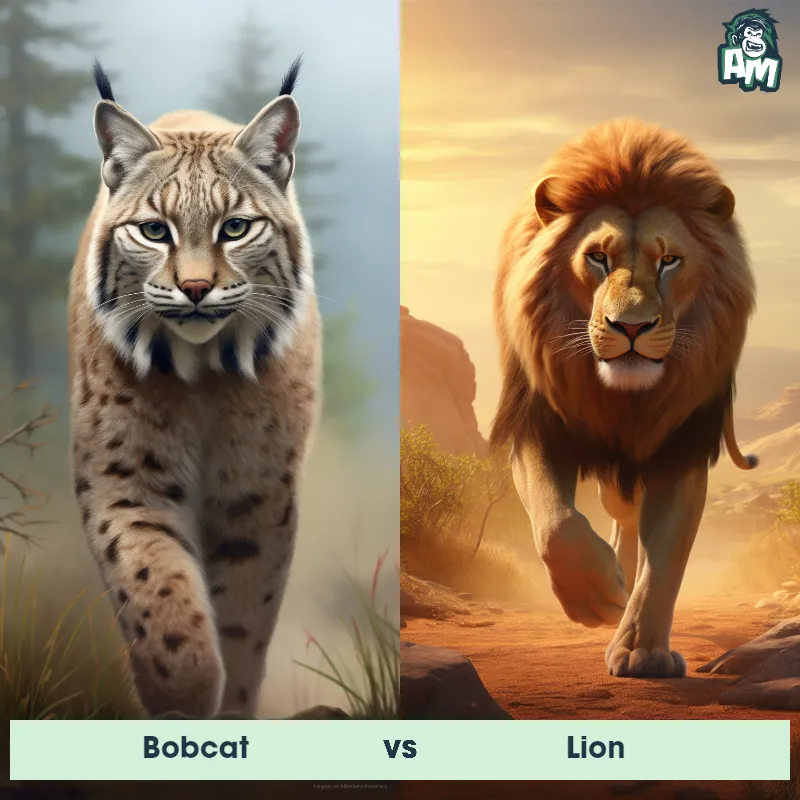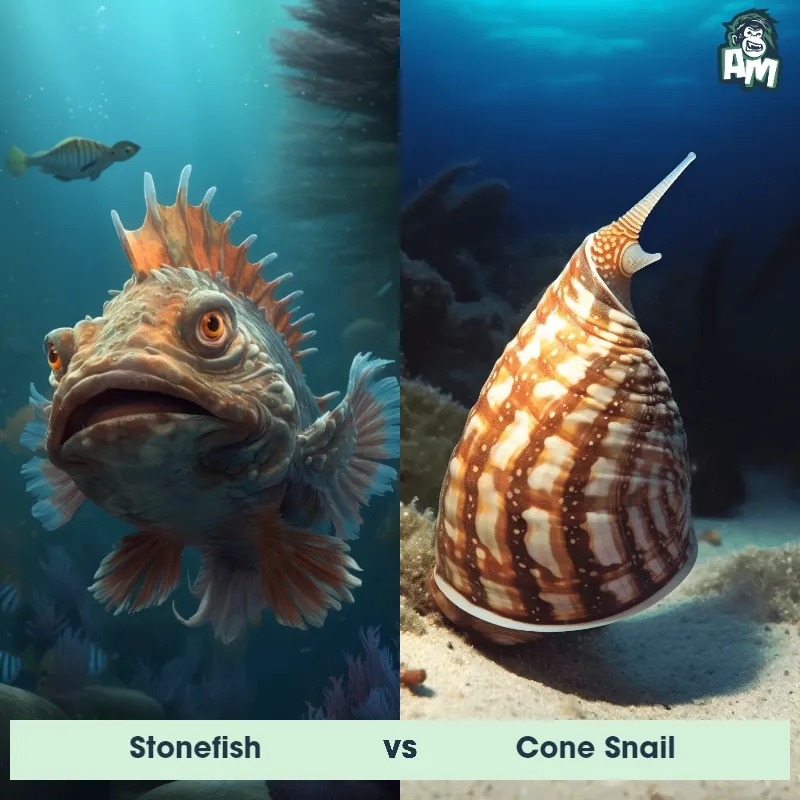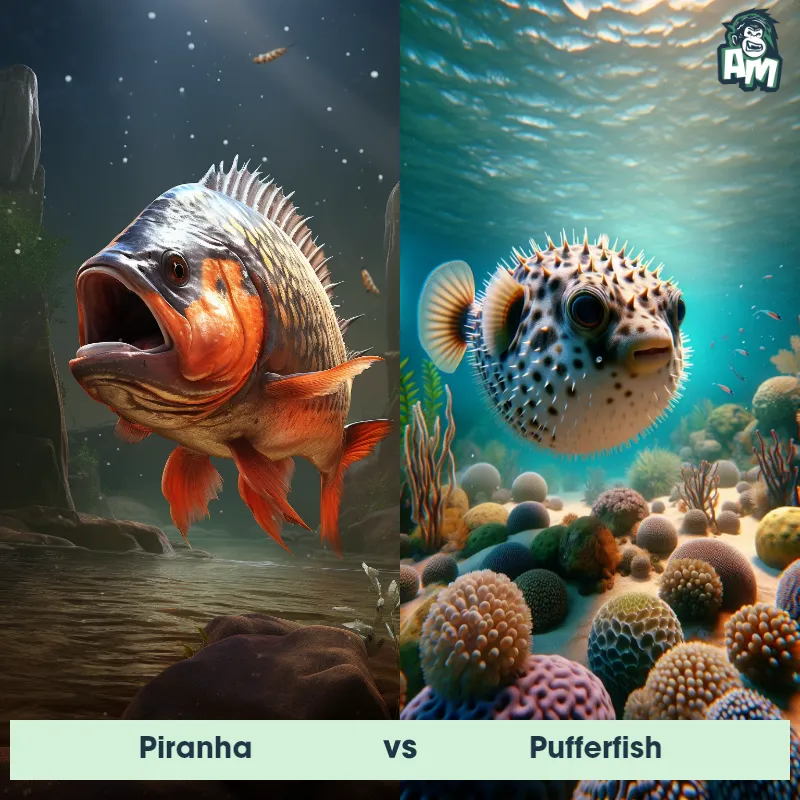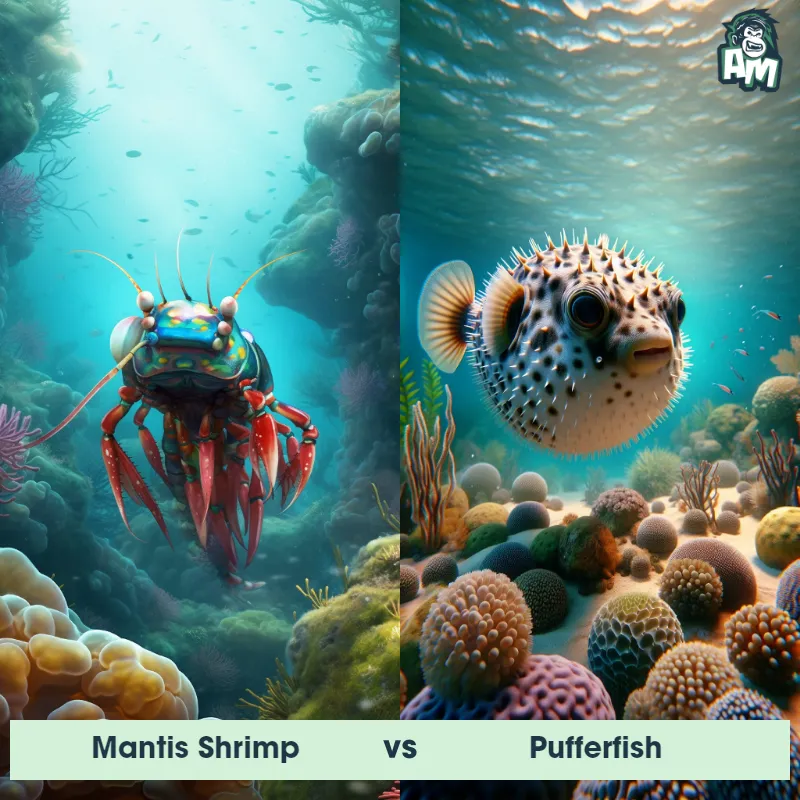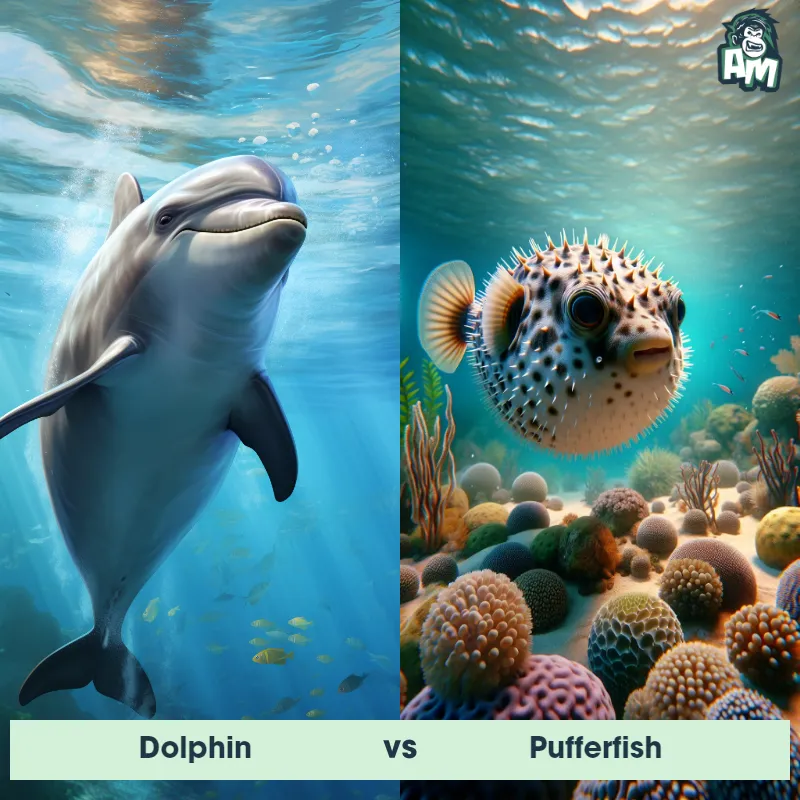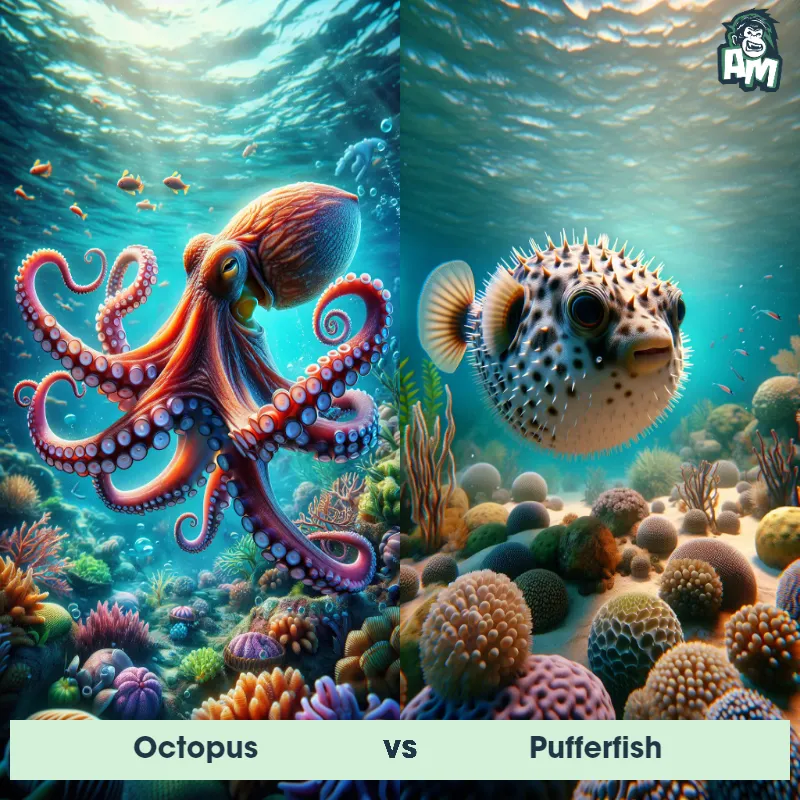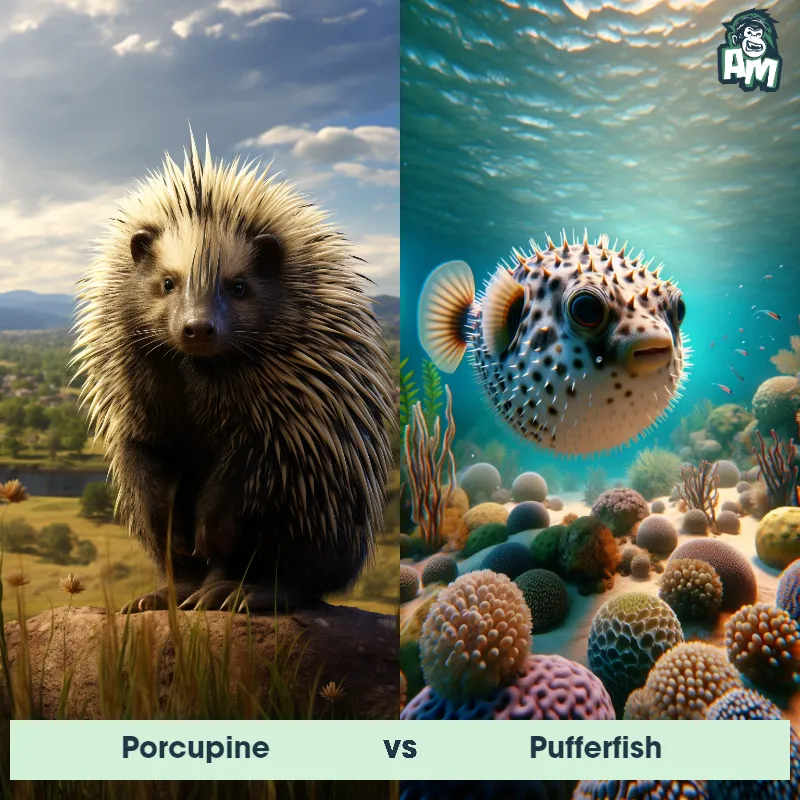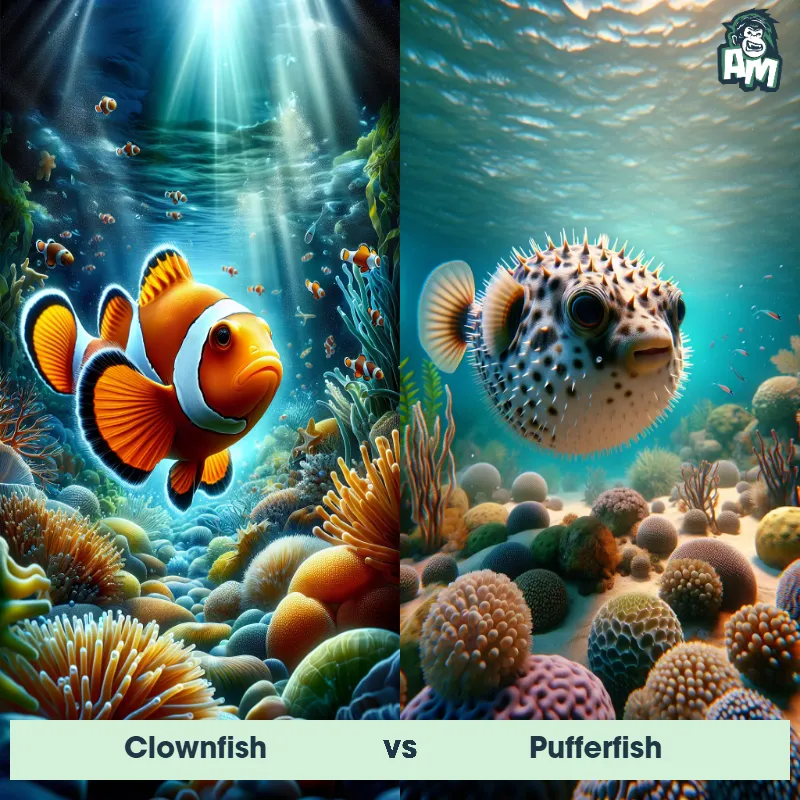Stonefish vs PufferfishSee Who Wins

Ladies and gentlemen, welcome to this thrilling matchup here at the grand stage of animal combat! We have a riveting showdown on our hands tonight between two formidable fighters: the Stonefish and the Pufferfish. Both of these underwater creatures are known for their unique defensive tactics and venomous capabilities. So, let the battle commence!
Contender 1: Stonefish
The Stonefish, also known as Synanceia, is one of the most venomous fish in the world. It has a flattened body with a large mouth and eyes on top of its head. Its skin is covered in mottled brown and gray patterns, which help it blend in with its surroundings. The Stonefish has 13 sharp dorsal spines that are capable of injecting venom into its prey or predators. It is found in the shallow waters of the Indo-Pacific region, and can grow up to 20 inches in length.
Fun Fact: Stonefish are masters of camouflage and can blend in with their surroundings so well that they are often mistaken for rocks or coral.
Contender 2: Pufferfish
The Pufferfish, also known as blowfish or fugu, is a unique and intriguing fish species found in various oceans around the world. These small to medium-sized fish are famous for their ability to inflate themselves like a balloon when threatened or stressed. They have a distinct body shape with a round, stocky body, a small tail, and a protruding mouth. Pufferfish are covered in spines and have a rough, scaleless skin. They come in an array of colors and patterns, including yellow, brown, green, and black. Pufferfish are known for their slow and clumsy swimming style, and their average size ranges from a few inches to a couple of feet.
Fun Fact: One interesting fact about Pufferfish is that they have the ability to puff themselves up by ingesting large amounts of water or air, which makes them appear much larger and more threatening to predators.
Matchup Stats
| Stonefish | Pufferfish | |
|---|---|---|
| Size | Up to 20 inches (50.8 cm) | Varies from a few inches to a couple of feet (5-60 cm) |
| Weight | Up to 5 pounds (2.27 kg) | Varies depending on species, can range from a few ounces to several pounds (100g-2kg) |
| Speed | Speed: 0.5 mph (0.8 km/hr) | 1mph (1.6km/h) |
| Key Strength | Venomous spines | Inflation and spines for defense |
| Biggest Weakness | Slow movement | Limited mobility and slow swimming speed |
Current Votes
Stonefish vs Pufferfish
See Who Wins
View More Matches
Looking For More?
Similar Matches
Scientific Stats
| Stonefish | Pufferfish | |
|---|---|---|
| Scientific Name | Synanceia | Tetraodontidae |
| Family | Synanceiidae | Tetraodontidae |
| Habitat | Shallow waters | Coastal waters, coral reefs, and estuaries |
| Geography | Indo-Pacific region | Found in oceans worldwide, primarily in tropical and subtropical regions |
| Diet | Small fish, crustaceans, and other invertebrates | Mostly herbivorous, but some species also eat small invertebrates and crustaceans |
| Lifespan | 2 years - 10 years | 3 years - 5 years |
Key Differences between Stonefish and Pufferfish
- Body Shape: Stonefish have a more streamlined and elongated body, enabling them to blend in with rocks and corals. In contrast, Pufferfish have a round or boxy body shape, which expands greatly when inflated.
- Size: Stonefish are generally larger than Pufferfish, with an average adult size ranging from 12 to 20 inches, while Pufferfish tend to be smaller, averaging around 6 to 10 inches in length.
- Coloration: Stonefish have a mottled or spotty appearance, allowing them to blend in with their environment, often displaying shades of brown, gray, or green. Pufferfish, on the other hand, exhibit bright and vibrant colors, featuring patterns of yellow, white, orange, and black.
- Mouth Shape: Stonefish have a large, wide-mouthed structure, equipped with numerous sharp teeth for capturing prey. Pufferfish have a smaller mouth with specialized teeth and a beak-like structure to feed on crustaceans and other small marine organisms.
- Habitat: Stonefish primarily inhabit tropical marine habitats, such as coral reefs or rocky coastal areas, where they blend in with their surroundings. Pufferfish, on the other hand, can be found in both freshwater and marine environments, including coral reefs, estuaries, and even some brackish water systems.
- Spines: Stonefish possess highly venomous spines on their dorsal fins, which lay flat against their body when not in use. Pufferfish, however, have spines covering their entire body, which also double as a defense mechanism when inflated.






